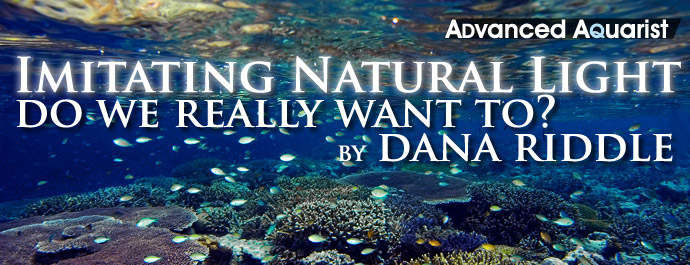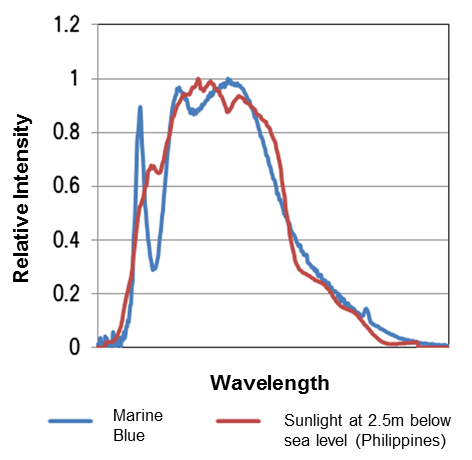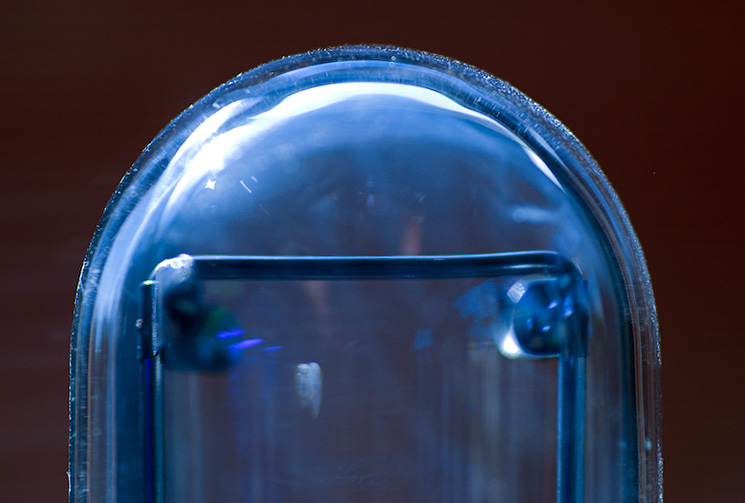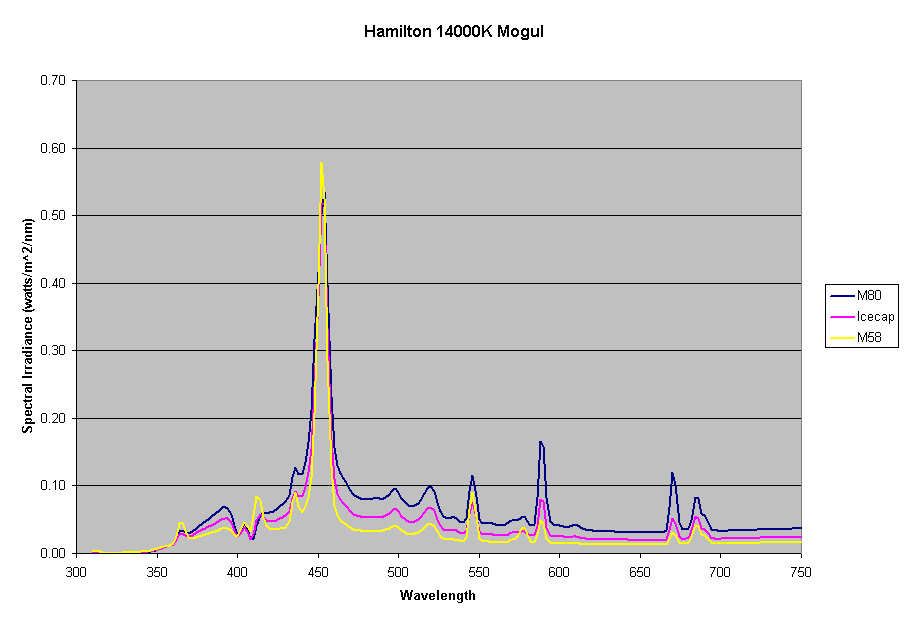- Joined
- Sep 18, 2017
- Messages
- 5,577
- Reaction score
- 3,436
All "common" artificial lights used (t5, mh, hps, led) are not true full sunlight spectrum with a few uncommon exceptions and even those don't count unless you somewhat limit the sunlight spectrum.If nothing else, just know that daylight (true full spectrum, not LED manufacturer full spectrum) for growth and color and then blue it up to illuminate when you want to look at stuff.
At depth lots of red/green..

Imitating Natural Light Quality, Intensity, and Dosage in a Reef Aquarium – Do We Really Want To?
When it comes to reef aquariums, Mother Nature has always been the de facto benchmark aquarists aspire towards. Dana investigates in great detail the quality and quantity of light over natural reefs in order to lay the groundwork to answer the age-old question: what is the best light for...
How many reef light sources contain about 25% red?
Close to 50% yellow to blue green?






















